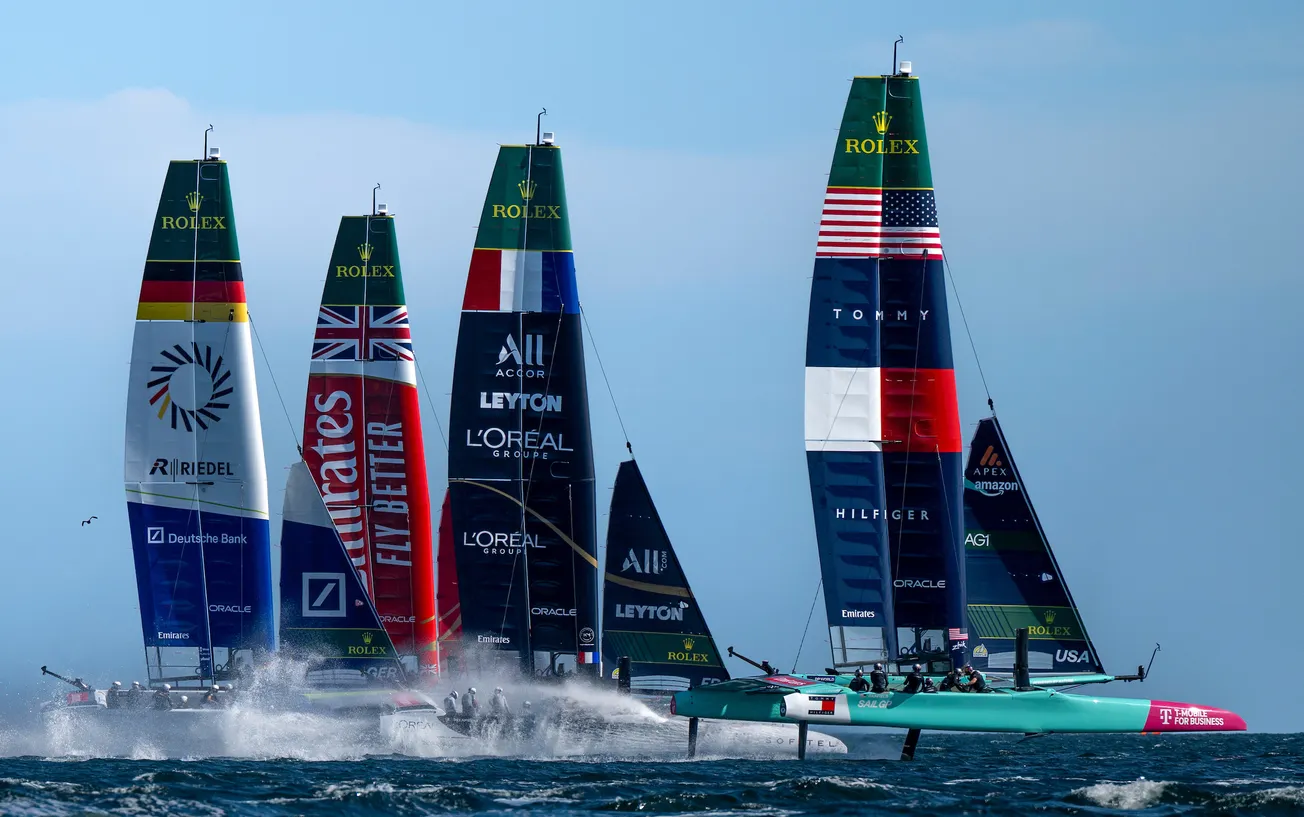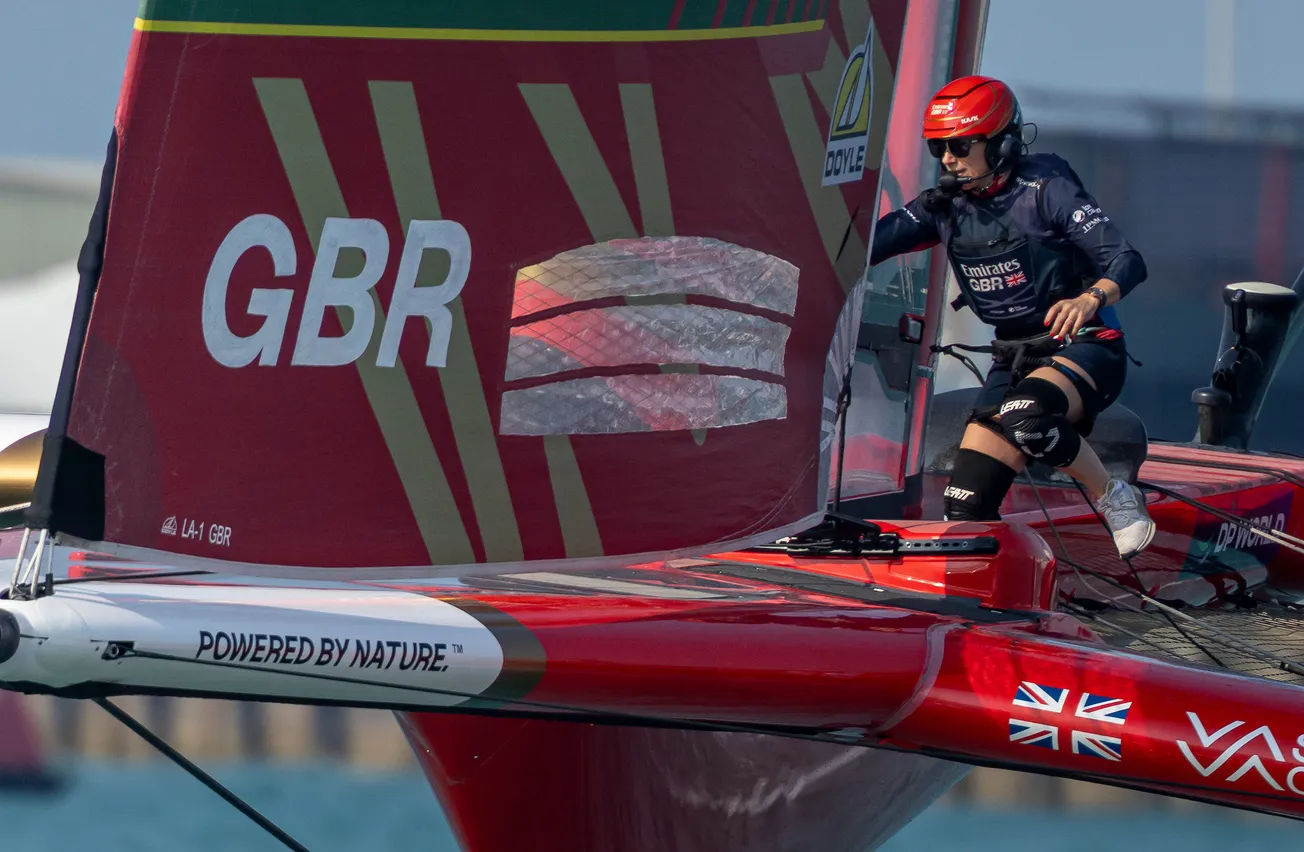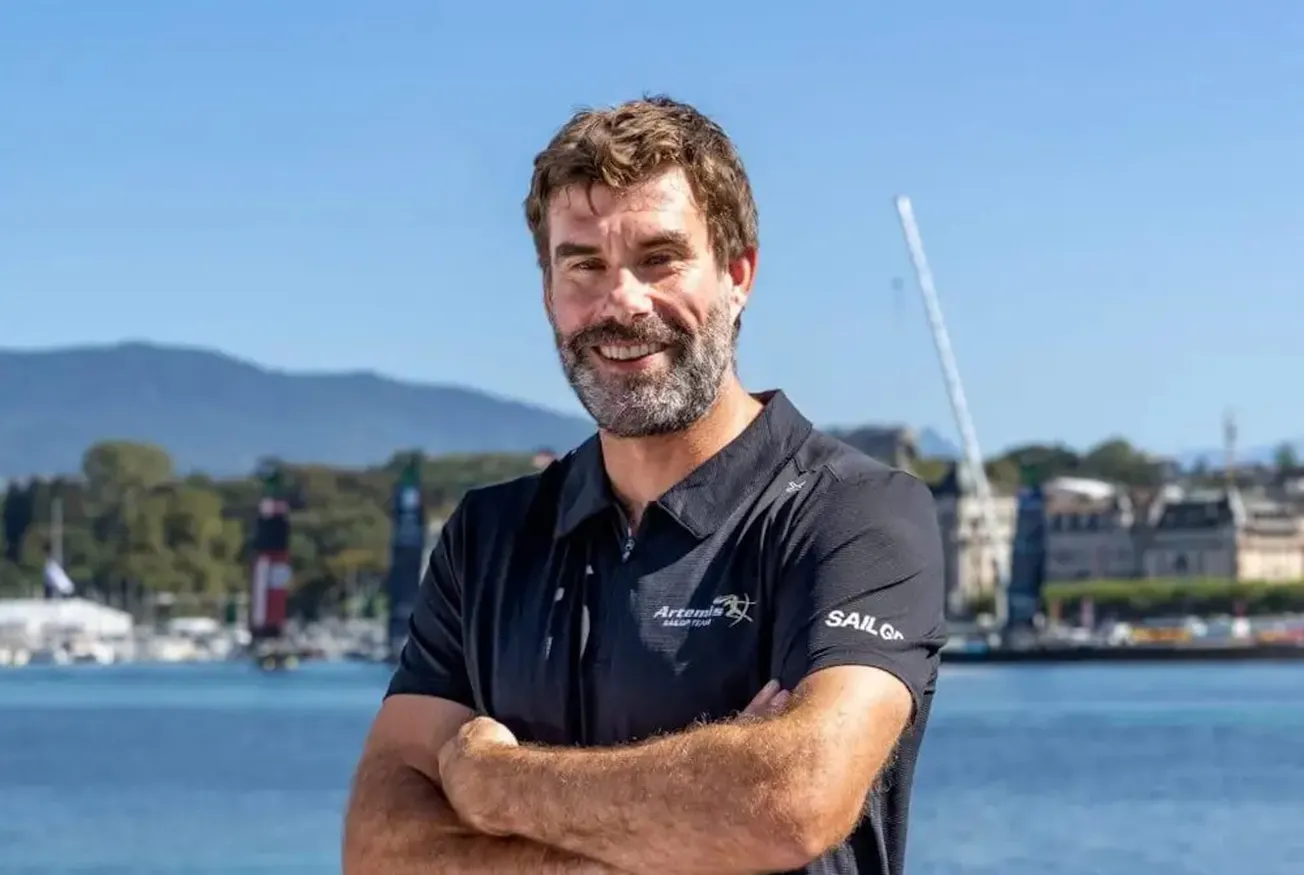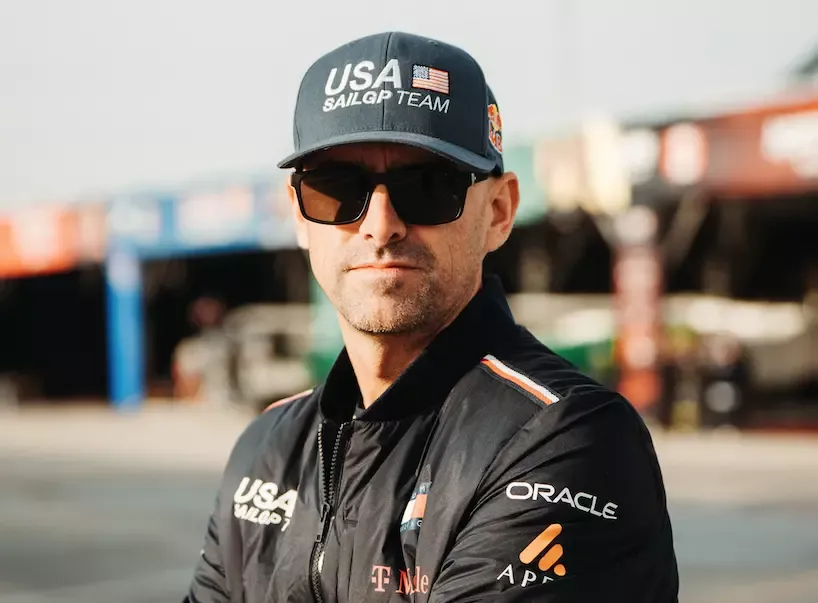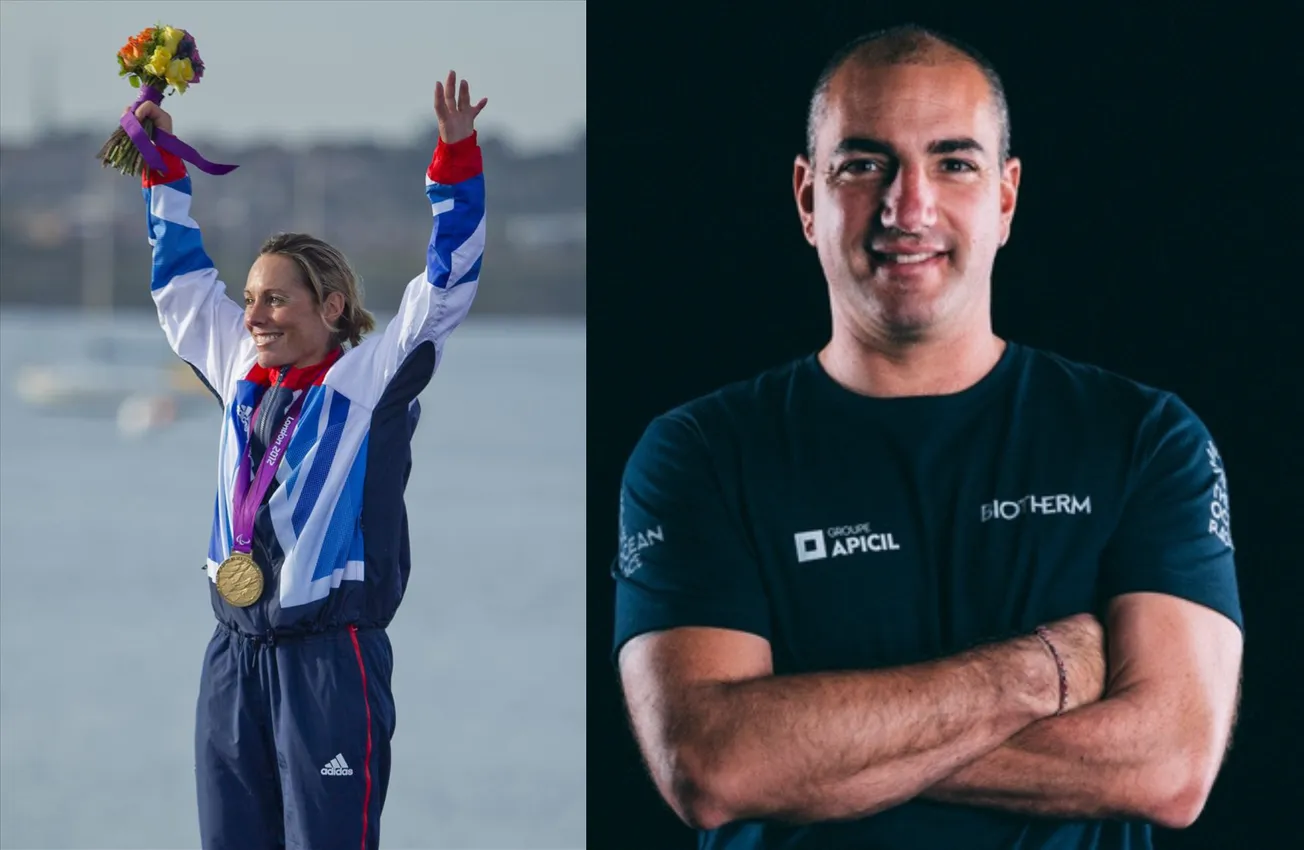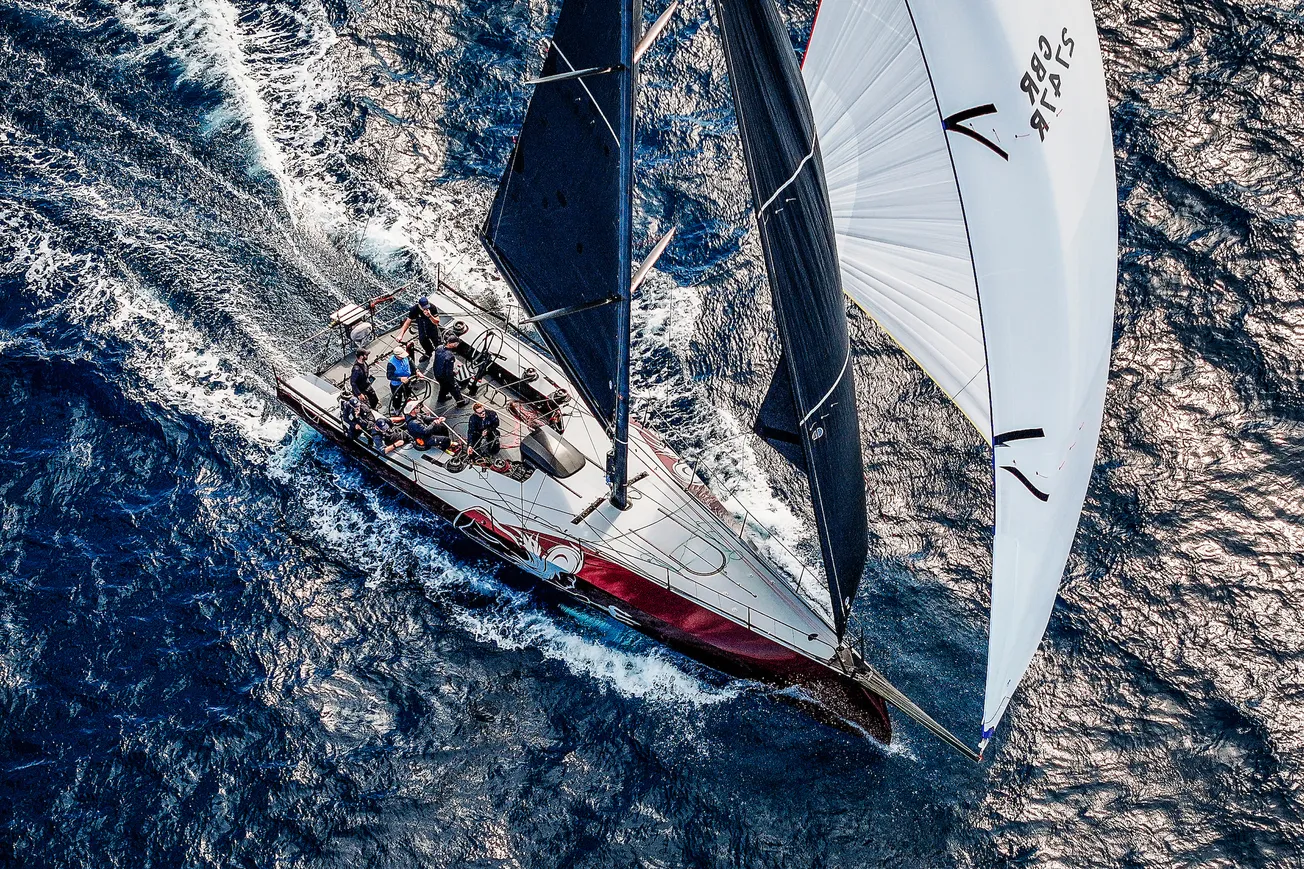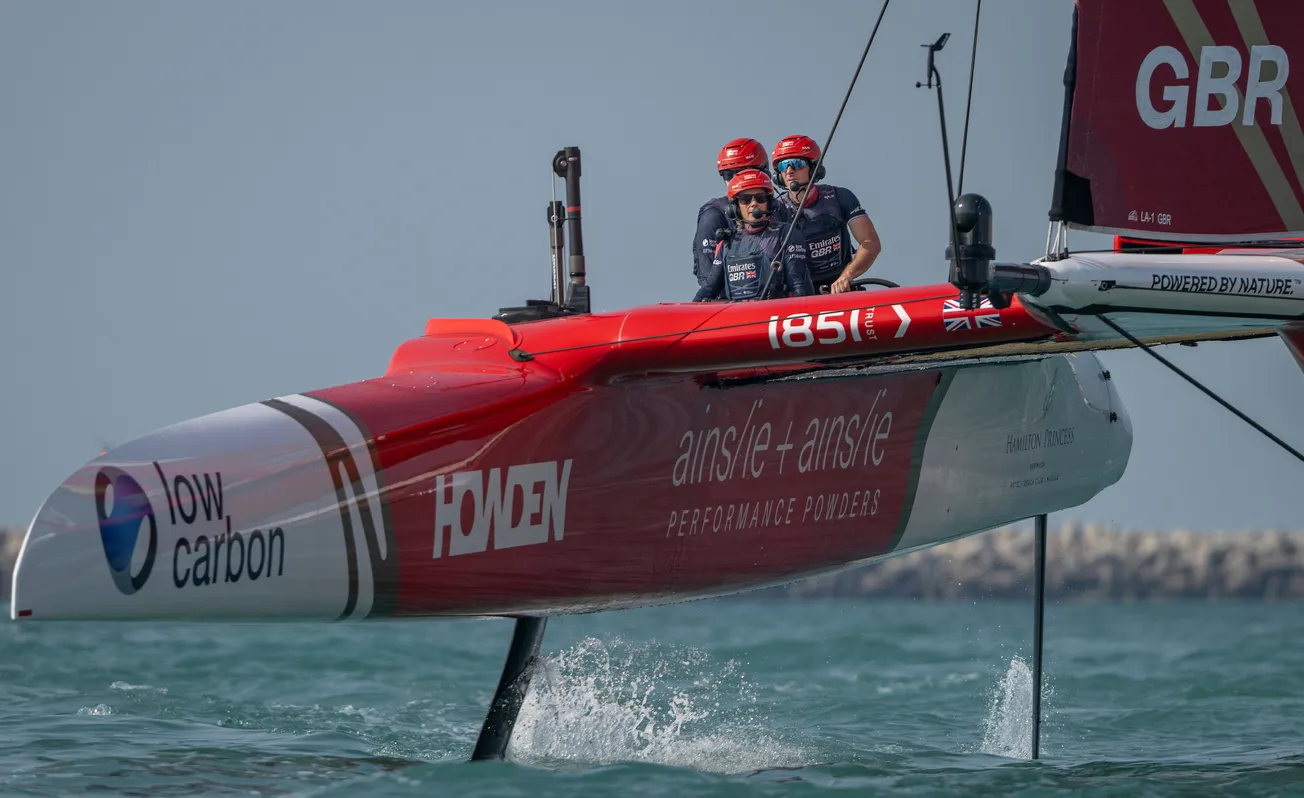

Powered by RedCircle
SailGP’s first-ever stop in Sassnitz, Germany, will be remembered as one of the most compelling weekends of the season so far. With a stunning new Baltic venue, flat water, shifting breeze, big crowds, and plenty of drama, the fleet delivered a full spectrum of storylines for fans—and more than enough for Magnus Wheatley and me to get our teeth into on this week’s Yacht Racing Life Podcast.
A Venue That Surprised Everyone
Neither Magnus nor I had even heard of Sassnitz before it appeared on the SailGP calendar, but what a discovery it turned out to be. Flat water and a breeze that swung between three and fifteen knots kept the sailors constantly guessing. “It was a real test,” Magnus noted, referencing post-race comments from the likes of Erik Heil and Tom Slingsby. Slingsby himself was effusive about the conditions, even if Sunday’s lighter breeze meant the fleet slipped into what Magnus described as “army yachting—left, right, left, right.”
The unusual gear set-up—a mix of 18-metre wings with high-speed foils and rudders—added to the challenge. As Magnus pointed out, Italian helm Ruggero Tita admitted his crew struggled badly with “changing gears,” leaving them unable to adapt when the pressure came on.
Aussies Climb Back, Brits Shine, French Stun
The weekend again showcased the gradual resurgence of Tom Slingsby’s Australia SailGP Team. Since their disastrous mast break in San Francisco earlier in the season, the Aussies have been climbing steadily back into form. “They may not always win, but they’re always in the mix,” Magnus said. “Tom’s positional play at the gates is supreme—he turns fifth into third with one manoeuvre.”
The British team also turned heads. Dylan Fletcher and Hannah Mills put together one of their most complete weekends yet, save for a couple of blips and the now-infamous collision with the Americans. “Hannah is cool as a cucumber under pressure,” Magnus enthused. “Their starting was fantastic. They really look like they’ve clicked as a duo.” If Fletcher seemed wooden in the media pen, Magnus and I agreed he’s far more engaging off-camera and could yet grow into a proper superstar.
But the biggest story was France. Seemingly under the radar all weekend, Quentin Delapierre’s crew popped up in the final and sailed away with their first SailGP win. As I remarked, it was a “complete ram raid.” Magnus added: “They’re a real team, they’re lovely people, and they add flair to the fleet. It was so good to see them smiling on top of the podium.”
Home Glory for Germany
Eric Heil gave the German fans something to cheer about with a shock race win on the opening day. Even if the team quickly slipped back to their usual mid-fleet form, the moment mattered. “It was fantastic for German sailing,” Magnus said. “Heil even said afterwards, ‘it’s nice to show the German people that sailing isn’t boring.’ That tells you the scale of the challenge in that market—but SailGP made a great impression.”
Safety Fears Loom Large
Despite the spectacle, serious concerns remain. Two alarming training accidents—the French losing a rudder and Martine Grael’s Brazil snapping a crossbeam—had both of us questioning the limits of the class. “These failures shouldn’t be happening,” Magnus warned. “Every windy weekend now brings a major incident. It’s a ticking time bomb.” I echoed his concern, pointing out that SailGP’s obsession with speed records adds little for spectators while increasing risks for sailors. “You could show fans a race from last season and this one and they wouldn’t notice the difference in speed,” I said. “But the boats are clearly more fragile.”
The collision between the USA and GBR teams underscored the issue. Taylor Canfield’s ill-judged manoeuvre could easily have ended in tragedy. Magnus was blunt: “Taylor and Mike are out of their depth. Commercially they’re brilliant, but on the water they’re diabolical. You can’t build a league on that.”
Looking Ahead
Elsewhere, New Zealand never found their rhythm, Spain looked off-colour, and Canada struggled to click. The Italians produced flashes of brilliance but remain inconsistent. But it was the French who stole the show and head to their home event in Saint-Tropez with momentum and belief.
As Magnus summed up: “The league has grown enormously, the crowds are fantastic, but the safety questions won’t go away. We never want to be the journalists saying ‘we told you so’ after something serious happens.”
🎧 The Yacht Racing Life Podcast is available on Apple Podcasts and Spotify and most other major podcast platforms.


